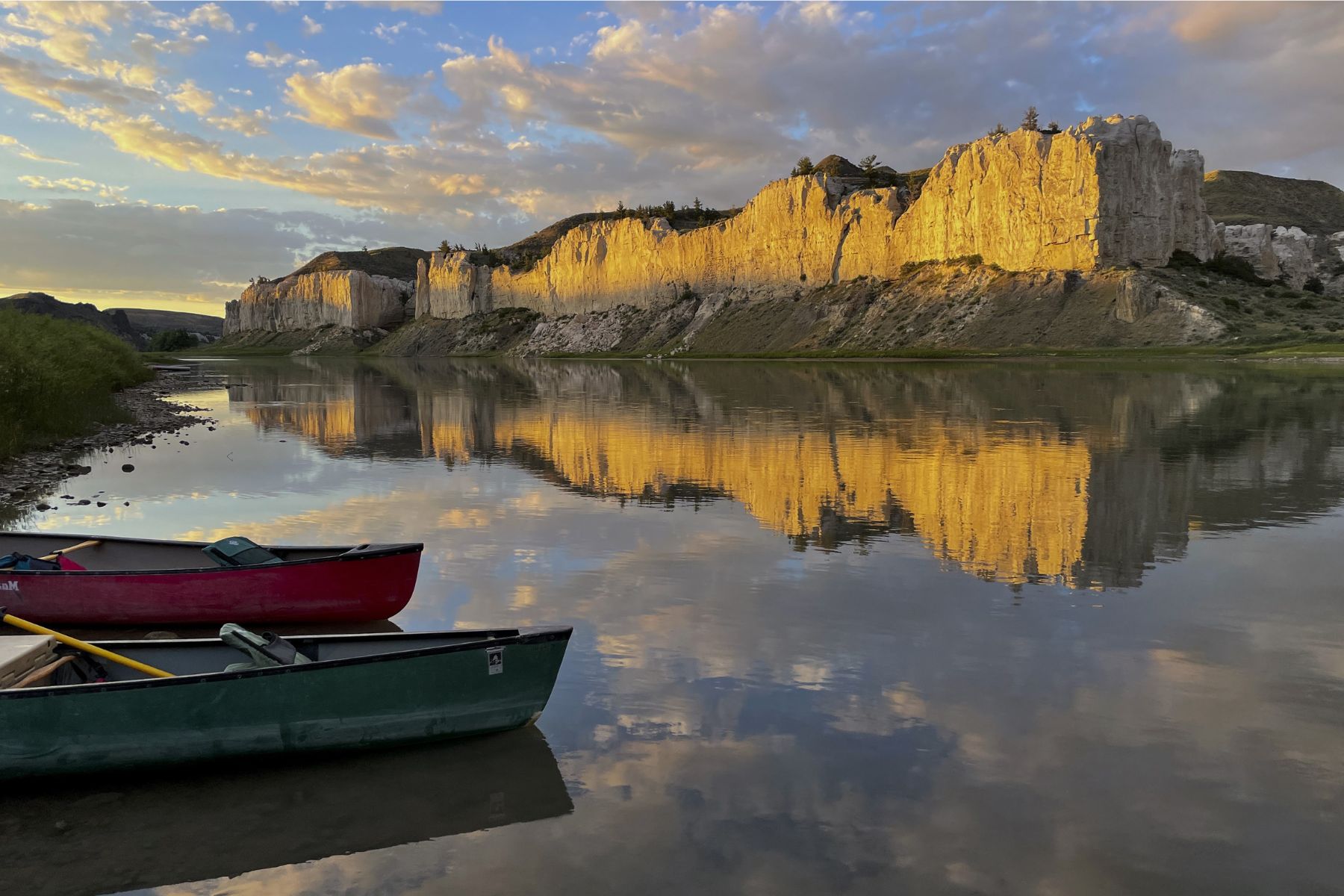Hidden Trading Posts Of The Missouri River

Have you ever wondered about the hidden trading posts along the Missouri River? These spots played a crucial role in shaping the history of the American frontier. Traders, trappers, and Native American tribes used these posts to exchange goods, stories, and cultures. Imagine walking in the footsteps of explorers like Lewis and Clark, discovering the rich history that lies along the riverbanks. From fur trading to the gold rush, each post has its own unique story to tell. Whether you're a history buff or just curious, exploring these hidden gems offers a glimpse into a bygone era. Ready to dive into the past?
Hidden Trading Posts of the Missouri River
The Missouri River, winding through the heartland of America, holds secrets of old trading posts that once buzzed with activity. These hidden gems offer a glimpse into the past, where traders, trappers, and Native Americans exchanged goods and stories. Let's uncover some of these fascinating spots.
Fort Union Trading Post
Fort Union, located near the North Dakota-Montana border, served as a major fur trading hub in the 19th century. It was a meeting place for various Native American tribes and European traders.
- Fort Union Trading Post National Historic Site: This reconstructed fort offers a peek into the bustling trade activities of the past. Visitors can explore the fort's rooms, watch demonstrations, and learn about the history of the fur trade.
Fort Benton
Fort Benton, often called the "Birthplace of Montana," played a crucial role in the trade along the Missouri River. It was a key stop for steamboats and traders heading west.
- Fort Benton Historic District: This area includes several preserved buildings and museums that tell the story of the town's trading past. The Museum of the Northern Great Plains and the Upper Missouri River Breaks Interpretive Center are must-visits.
Fort Osage
Fort Osage, established by William Clark of Lewis and Clark fame, was an important trading post and military outpost in the early 1800s. It provided a safe place for trade between settlers and Native Americans.
- Fort Osage National Historic Landmark: This reconstructed fort near Sibley, Missouri, offers guided tours, reenactments, and exhibits that bring the history of the early 19th century to life.
Fort Pierre Chouteau
Fort Pierre Chouteau, located in present-day South Dakota, was one of the largest trading posts on the upper Missouri River. It was a bustling center for fur trade and interaction with Native American tribes.
- Fort Pierre Chouteau Site: Though only ruins remain, this site offers interpretive signs and a sense of the fort's historical significance. It's a peaceful spot to reflect on the past.
Fort Atkinson
Fort Atkinson, in Nebraska, was the first U.S. Army post west of the Missouri River. It played a vital role in protecting traders and settlers during the early 19th century.
- Fort Atkinson State Historical Park: This park features reconstructed buildings, living history demonstrations, and trails that allow visitors to explore the fort's history and its role in westward expansion.
Fort Clark
Fort Clark, located in North Dakota, was a significant trading post for the American Fur Company. It was also a site of cultural exchange between traders and the Mandan and Arikara tribes.
- Fort Clark State Historic Site: Visitors can explore the remains of the fort, including earth lodges and trading post ruins. The site offers interpretive panels and a chance to learn about the interactions between different cultures.
Fort Mandan
Fort Mandan, built by the Lewis and Clark Expedition, served as their winter quarters in 1804-1805. It was a place of trade and diplomacy with the nearby Mandan and Hidatsa tribes.
- Fort Mandan State Historic Site: This reconstructed fort near Washburn, North Dakota, offers tours, exhibits, and a visitor center that delves into the expedition's experiences and interactions with Native Americans.
Fort Randall
Fort Randall, in South Dakota, was established to protect settlers and traders along the Missouri River. It played a key role in the military and trade activities of the region.
- Fort Randall Historic Site: Visitors can explore the remains of the fort, including the chapel and barracks. The site offers interpretive signs and a peaceful setting along the river.
Fort Buford
Fort Buford, located near the confluence of the Missouri and Yellowstone Rivers, was a military post that also facilitated trade in the late 19th century. It is famously known as the place where Sitting Bull surrendered.
- Fort Buford State Historic Site: This site includes several restored buildings, a museum, and exhibits that tell the story of the fort's role in trade and military history.
Discovering the Hidden Gems
Exploring the hidden trading posts of the Missouri River offers a unique glimpse into history. These spots, often overlooked, hold stories of early settlers, Native American tribes, and the fur trade. Visiting these sites, you can almost hear the echoes of bartering and see the remnants of a bygone era.
From Fort Benton to Fort Osage, each location has its own charm and significance. These trading posts are more than just historical landmarks; they are windows into the past. They remind us of the river's role in shaping the region's culture and economy.
Next time you plan a trip, consider adding these hidden gems to your itinerary. They offer a rich, educational experience that goes beyond typical tourist attractions. Dive into the past and uncover the stories that made the Missouri River a vital artery of American history.

